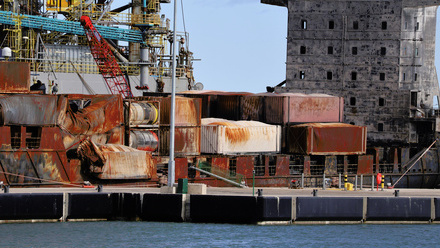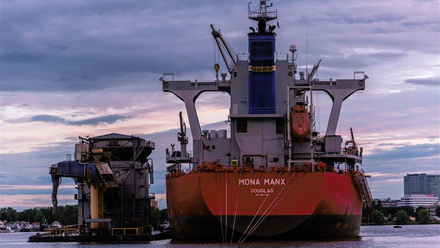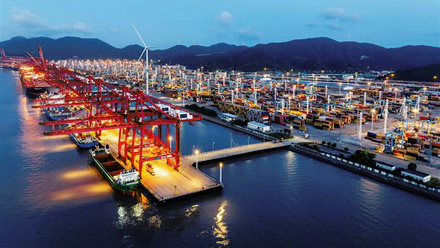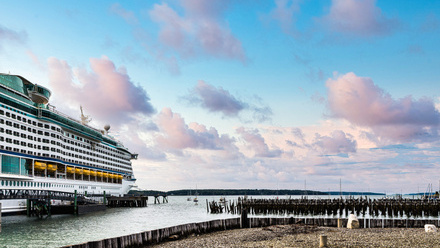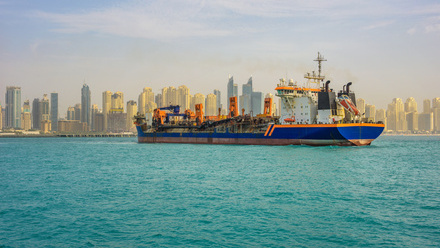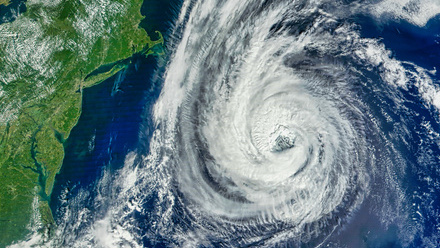Marine construction comes to endangered birds’ rescue
Replicating the genuine article, artificial nesting structures are growing in popularity across the country.
Providing a safe, comfortable and realistic haven for endangered bird species such as the kittiwake, the marine sector is stepping in to provide offshore artificial nests as an increasingly popular solution.
This rise in popularity follows the Ørsted structures, an example of which was built in Lowestoft in 2023. The structures were conceived as a way of allowing experts to monitor kittiwakes without disturbing them. As well as being large enough to shelter around 500 breeding pairs, the specially built base was designed to protect the birds from potential swooping predators.
Ørsted commissioned specialist marine construction contractor Red7Marine to come up with three artificial nesting structures along the east coast of England, drawing on engineering support from MintMech, whose temporary works designs supported the installation process. A team of engineers, architects and ecologists designed them to include several features which would maximise the safety and comfort of nesting birds.
In terms of strength, the structures use monopile foundation and internal grouted jackets to give solid security. The monopiles weigh more than 30t, with the structures embedded 30m deep below the seabed. Specialist equipment such as piling gates and jacket hanging frames, designed by MintMech, helped achieve precise installation.

Blending into surroundings
A notable aspect of the architecture is their ability to blend in with their surroundings. The designs incorporated narrow ledges and vertical sides to mimic the local cliffs where the birds would gather. The colour of the design also takes this into account, with the off-white scheme fitting in with the surrounding sky and sea. To attract the real birds, fake kittiwakes were placed on two of the three structure ledges.
As well as designing the nests to prevent predators from getting in, other safety features were included. In case of extreme weather conditions – too much sun, wind or rain – the designs have eight sides, to provide the kittiwake with a choice of location. Furthermore, to achieve safe navigation, they feature a yellow base and a light on the top. They are also checked on a regular basis, as well as the number of birds nesting inside.
However, artificial nesting structures can serve different purposes. A study conducted by the North Yorkshire Council pinpointed Scarborough – and in particular, the local Grand Hotel – as a popular location for kittiwakes to nest. The study highlighted a number of complaints about the species, with participants singling out noise, mess and also the habit of snatching food from locals. As a means of combating these issues, the fake nesting towers were deemed to be the right solution.
But the main priority is to help preserve the bird kingdom. Sand martins have also benefited from the introduction of artificial bird banks. The Isle of Man's Manx BirdLife Point of Ayre National Reserve has built a safe nesting site for the local population. Because the sites for these birds had become less dependable, artificial bird banks were installed and designed so as to replicate natural sandbanks.
Another success was recorded at Washington Wetland Centre, following the launch of artificial nesting banks in October 2023. The presence of between 60 and 100 fledgling sand martin chicks was noted by the following summer.
Built to protect the sand martins from possible ground-based predators, the top chambers are almost 3m from off the ground. The structure comprises cavity blocks, with interior tunnels and a nesting place. The birds can come and go as they please via holes.
With successful outcomes for these mock dwellings, it's likely that this trend will continue to develop and help save more bird species in the future – with the marine construction sector playing a vital part.
Tell us what you think about this article by joining the discussion on IMarEST Connect.
Main image: close up of a kittiwake, Bempton Cliffs, UK. Credit: Shutterstock.
Inline image: Ørsted and Red7Marine combine to build artificial nesting structures. Credit Ørsted & Red7Marine.

